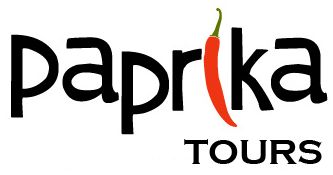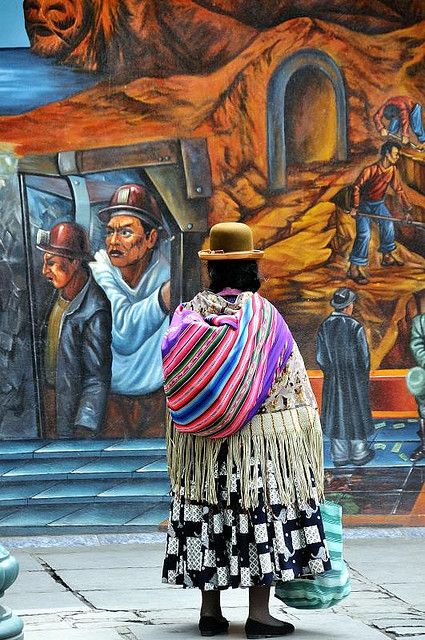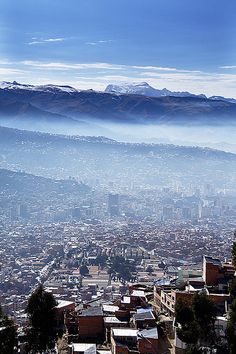Everything you need to know about Bolivia
Bolivia can be divided into 3 geographical regions: the Andes, made up of two mountain ranges and the Andean plateau, at an altitude of 4000 meters (13,000 ft), the Amazonian plain which covers half the surface of the country, and the sub-Andean region, characterized by average temperatures, which marks the transition between these two regions. Find out more…
The climate in Bolivia is generally divided between the rainy season and the dry season. The temperatures, however, are directly linked to the local altitude, and therefore to the geographical region, with a real tropical climate in the Amazonian plain and occasional negative temperatures at night in the Andes. Find out more…
Though Bolivia is a country which does not boast the gastronomic reputation of neighboring Peru, it is however undergoing significant economic growth and its cuisine is becoming more and more refined. Discover some of its traditional dishes: Find out more…
The Bolivian currency is the Bolivian peso, often called “boliviano”. American dollars can easily be changed, as well as euros in the bigger cities. Find out more…
Your on-site expenses, when you are traveling with Paprika Tours, are essentially limited to meals and souvenirs. Find out more…
Distances are on a whole other scale in Bolivia, as all roads are not yet asphalted. For some journeys, flying is the best option. The train system is practically inexistent. Find out more…
What to pack? This will depend on the tour you choose. You will have to pack some warm clothing for the Andes (La Paz, Uyuni, Potosi, and Copacabana) and some lighter clothing (but which will still protect you from the mosquitos) if you are heading to the Amazon. Find out more…
In terms of health, you will have to be careful when it comes to altitude when you are in the Andes, and when it comes to malaria in the Amazon. Find out more…




Follow us!